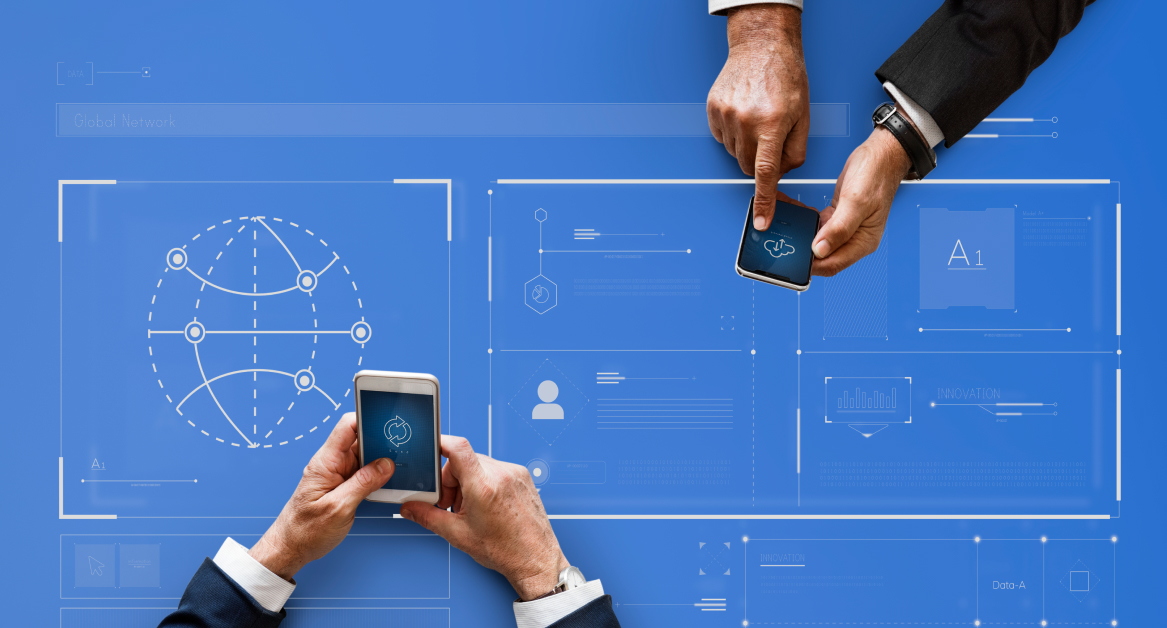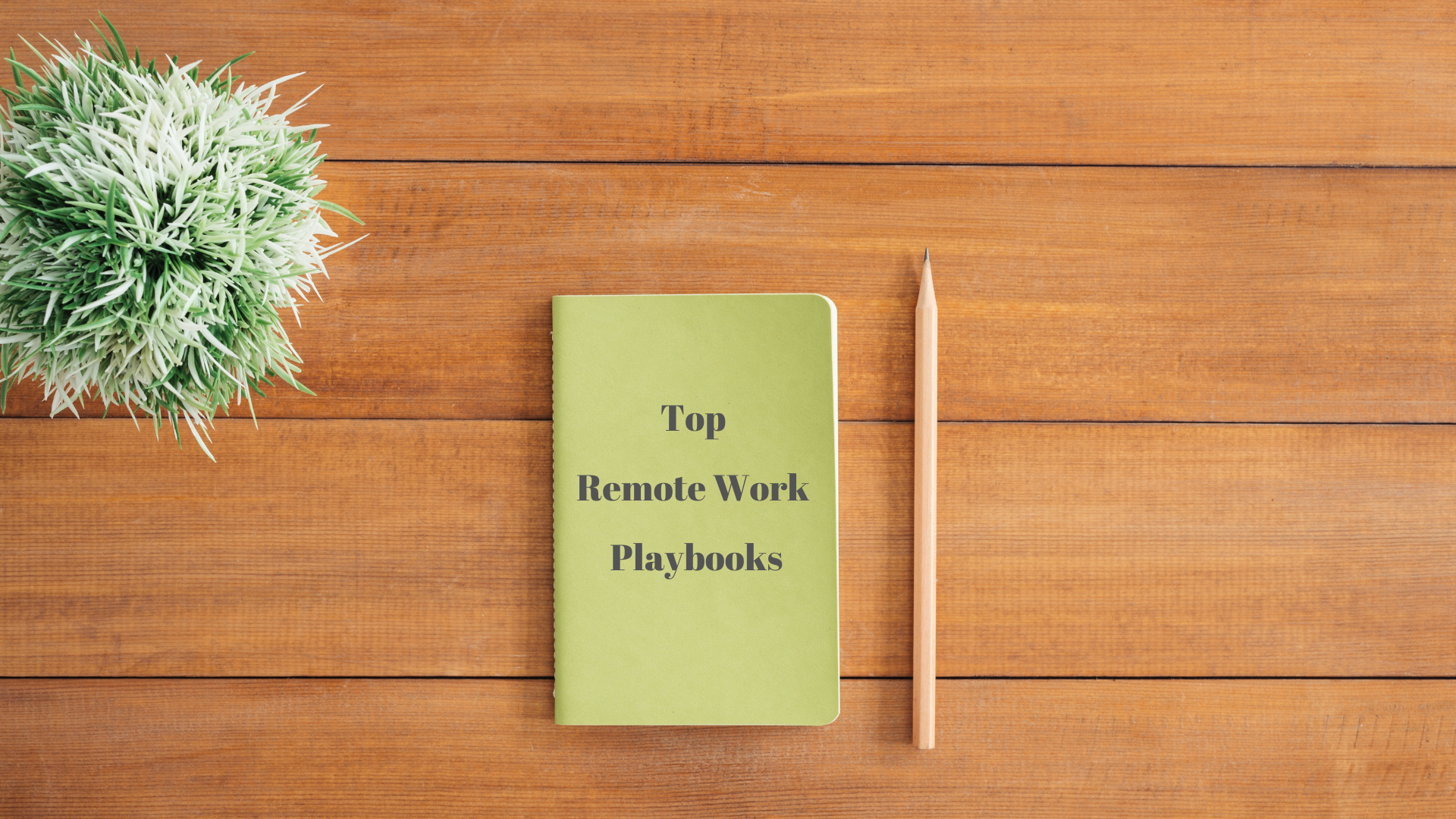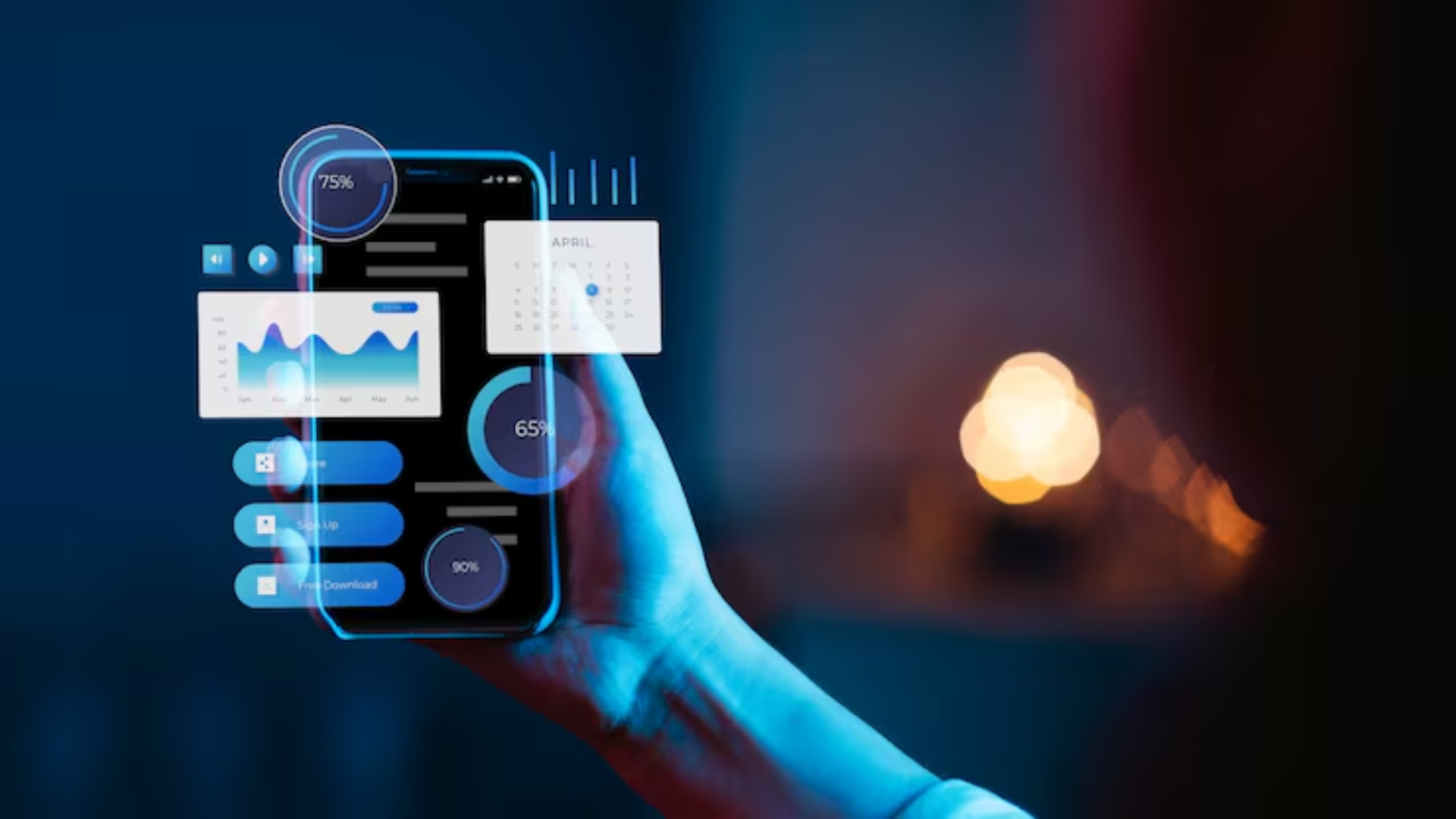We live in a time where nearly everything exists online. Be it social media or banking, our professional and personal lives exist through digital accounts. While it makes life easy, it poses threats as well. Cybercriminals and hackers are constantly seeking means to gain unauthorized access and abuse information.
That is why securing your online profiles is more critical than ever. Simple tips such as “use strong passwords” are helpful, but modern-day cyberattacks require more effective defenses. Fortunately, there are special hacks you can utilize to make your accounts more secure.
In this post, we will discuss some easy and effective tips you can implement immediately.
Best hacks to secure your profiles against cyberattacks

Some of the top hacks to have in mind if you want to protect your online identity/accounts from cyber attacks include:
1. Improve password security
Passwords are your front line of security. If your password is weak, it can be guessed or broken with ease by hackers. A lot of people still use short words, names, or numbers that are easy to guess. For instance, “123456” and “password” are still among the most popular (and risky) options.
To strengthen your passwords:
- Combine uppercase and lowercase.
- Use numbers and symbols.
- Try not to use birthdays, pet names, and anything else personal. This is because this type of information is shared with multiple people.
One of the unique and effective tricks is to insert an invisible space in your password. This is a space that appears blank to the eyes, but computers can still interpret it as part of the password. This is not a regular space that you can initiate by pressing the space bar on your keyboard. It’s a special Unicode character that is not seen on the screen, but is counted by algorithms. Inserting this invisible space makes your password very difficult to guess.
For example, instead of having “StrongPass!23” you might have “StrongㅤㅤㅤㅤㅤㅤㅤㅤㅤPass!23” (where the space might confuse hacking attempts). This will help curb hacking attempts involving the use of automated tools or technology. Wondering how you can get this invisible space? Well, it’s easy, just search ‘’invisible character tool’’ online and you will get many tools allowing you to generate this special space.
It’s also a good idea to have a different password for each account. If one is hacked, the rest will still be secure. A password manager will assist you in remembering all of them.
It’s also a good idea to have a different password for each account. If one is hacked, the rest will still be secure. A free password manager will assist you in remembering all of them without the hassle of writing them down or reusing weak ones.
2. Turn on two-step verification
Even if you have a strong and unique password, it is still too dangerous to rely on only one layer of protection. That’s where two-step verification (also referred to as 2FA) comes into action.
When you turn on two-step verification, your account requests a second form of information once you’ve typed in your password. This may be:
· A code sent to your phone in a text message.
· A one-time code from an authenticator app.
· A fingerprint or face scan if your phone has it.
This implies that even when your password is stolen, the thief can’t login without the second factor. This feature is already free on the most popular sites such as Google, Facebook, and Instagram; you only need to enable it in the settings. Two-step verification works seamlessly with single-sign-on solutions as well, ensuring you get both convenience and stronger protection in one go.
3. Never link social media accounts to your account
Most apps and sites permit you to log in or register with your social media logins. For example, you may be presented with something like “Login with Facebook” or “Login with Google.” Although this appears convenient, it is not without risks.
If an account is compromised, it can have a chain reaction and grant hackers entry to all the other things associated with it. Think of someone logging into your Facebook and subsequently logging into your shopping accounts, work applications, or even payment information.
To minimize this risk:
· Always make a unique login for every account.
· Never attach your personal social media sites to other services.
· If you have to connect accounts, check the permissions periodically and revoke access for applications that are no longer used.
Maintaining accounts individually may add a minute to your life, but it allows you to have greater control over your online security.
4. Do not share your personal information while chatting
Chatting has become a part of life now. Be it social media, dating apps, or gaming sites, individuals tend to exchange personal information. This is risky.
Hackers will sometimes act like friendly strangers just to gather bits of personal data. You may not consider revealing your city, workplace, or favorite café as a bad thing, but these little things can be pieced together to guess your passwords or security questions.
Some rules to abide by:
· Don’t give out your home address, phone number, or financial information in conversations.
· Be cautious about sharing travel itineraries or real-time updates of where you are.
· If you are not sure who is on the other end, keep the conversation light and don’t overshare.
Being cautious can prevent larger issues later on.
5. Enable browser or device level protection
Most individuals are not aware that their browsers and devices already feature security mechanisms. These mechanisms are meant to detect threats and stop malicious attempts before they get to you.
For instance:
· Google Chrome and Microsoft Edge alert you when visiting risky websites or downloading suspicious content.
· Cell phones usually contain built-in features such as “Find My Device” or antivirus scanners.
· Antivirus applications can prevent phishing attacks and keep an eye on malicious activity.
To remain safe:
· Keep your browser and device software up to date.
· Activate the security settings provided by your device.
· Install reputable antivirus apps if your device doesn’t have one installed.
· Taking advantage of these built-in protections provides an added layer of protection, usually without any additional cost.
Stay proactive and take control of your online security
Nowadays, when technology is providing advanced solutions to nearly everything, keeping your online accounts safe shouldn’t be challenging. We have discussed some useful tips that can go a long way toward helping you stay on the safe side. You should use strong passwords, use built-in security tools, enable 2-factor authentication, and more. It will make it hard for the hackers to steal your confidential information.
However, it’s true that cyber threats keep evolving. You need to keep an eye on everything and never take your online security lightly.
Commonly asked questions
- What can I do to secure my online account?
Well, there are multiple things you can do to keep intruders at bay. Try to use strong and unique passwords, and enable 2-factor authentication. These two things may help you stay secure in most hacking attempts.
- Is it worth using a password manager?
The answer is ‘’Yes.’’ It depends on what type of manager you are using. So, perform your due diligence in making sure the one you choose is reliable and secure. Usually, they use strong encryption to safeguard your data/accounts.
- Can linking accounts ever be beneficial?
It can help if you use many apps. But it’s risky. If one account is hacked, others may be too. Use it carefully.
- How to tell if my account has been hacked?
There are a few signs that indicate that your account has been hacked. If you notice unknown logins or strange activities that you don’t know about, it’s a red flag. You may also get a notification of password reset emails that you didn’t request.
- Do free antivirus programs work?
Yes, many free antivirus tools give good basic protection. Paid versions offer extra features like ransomware and safe browsing.







